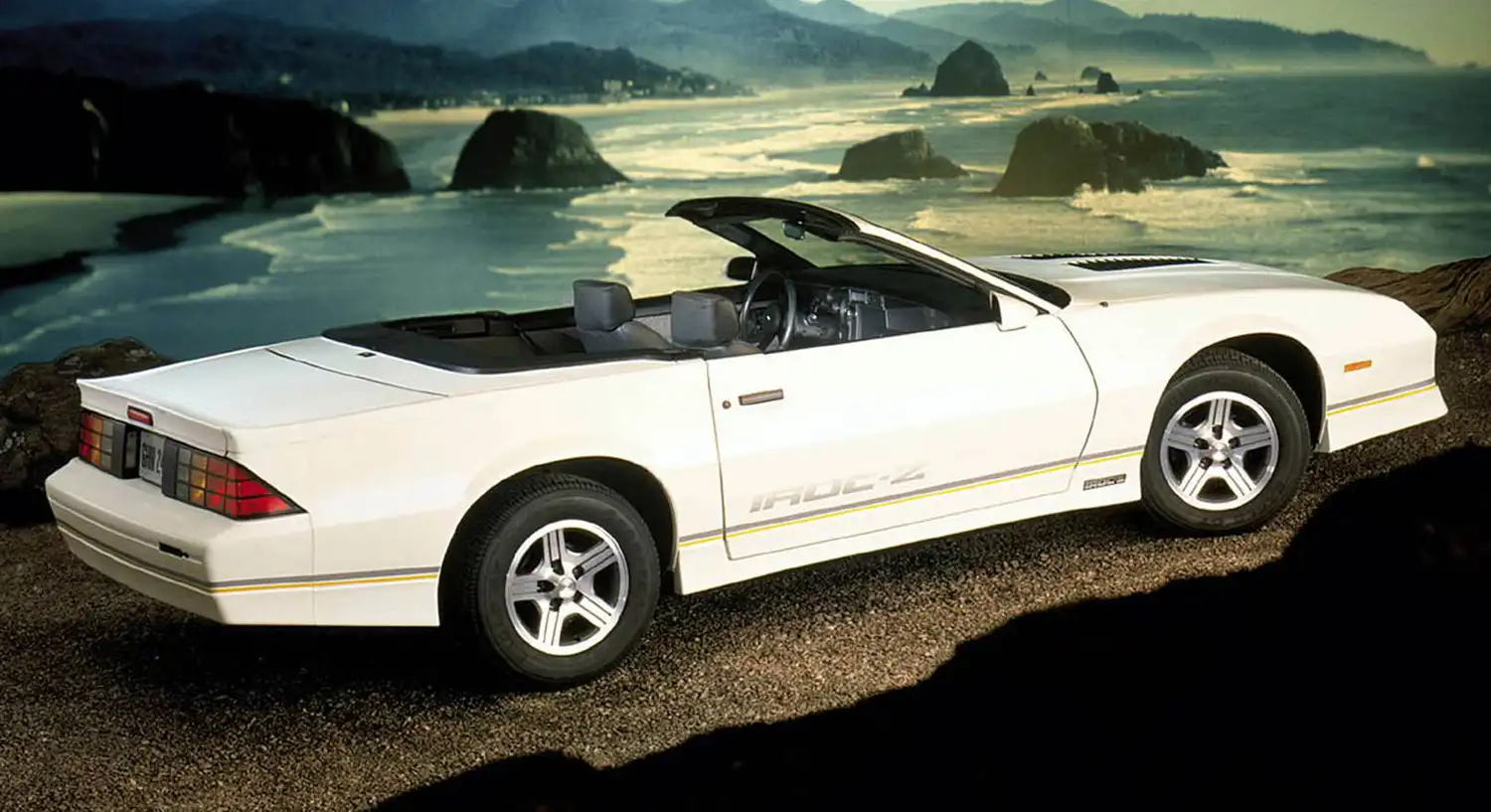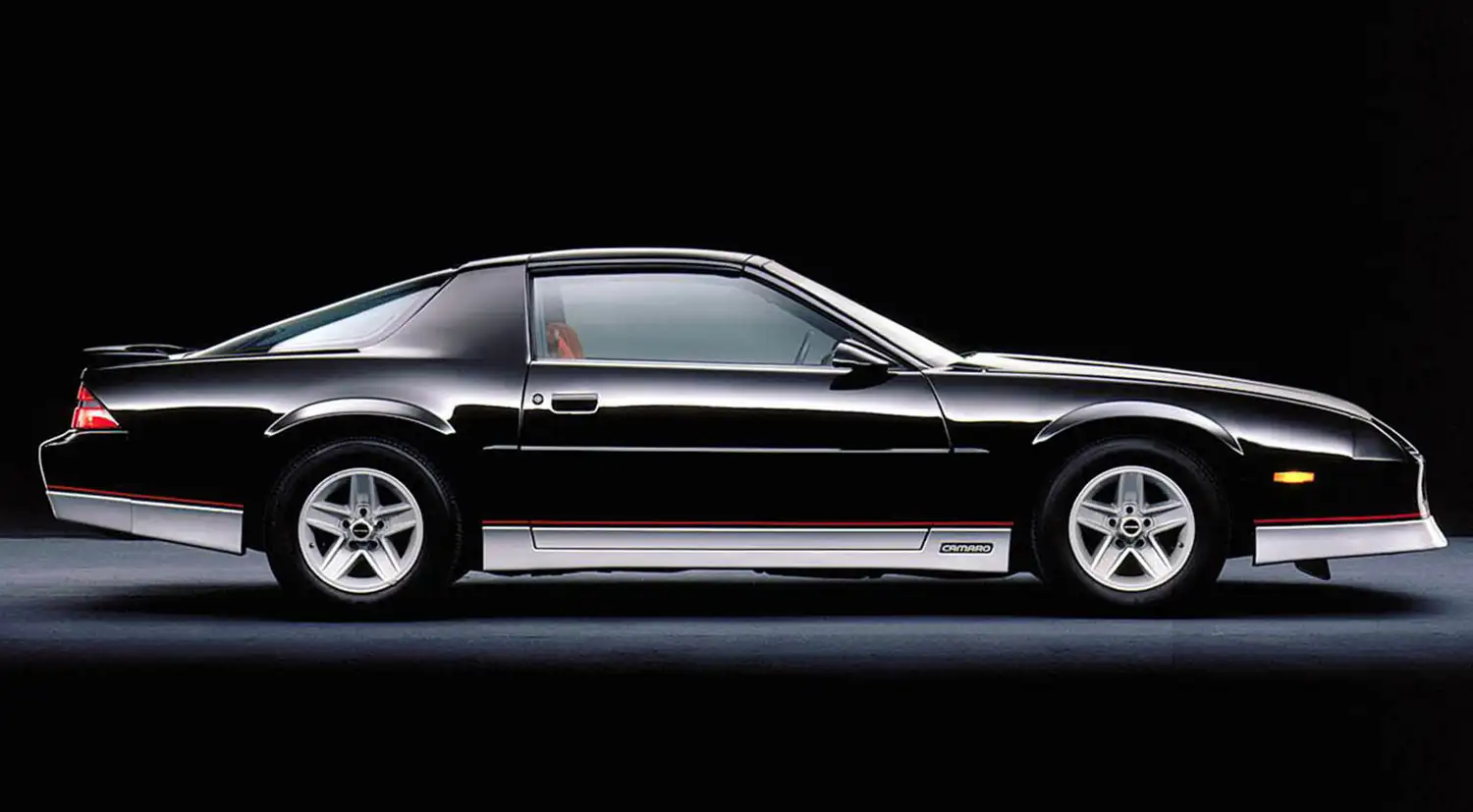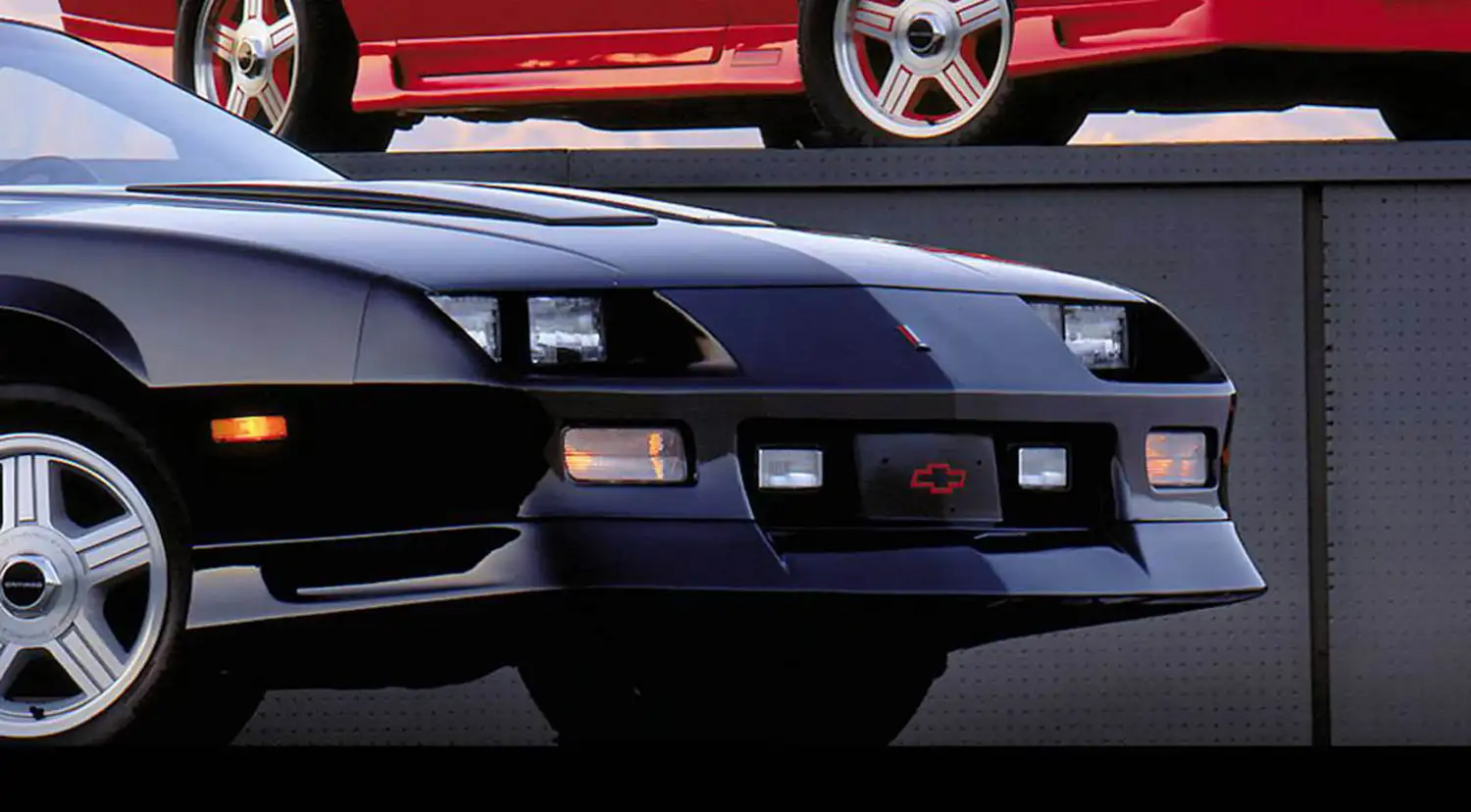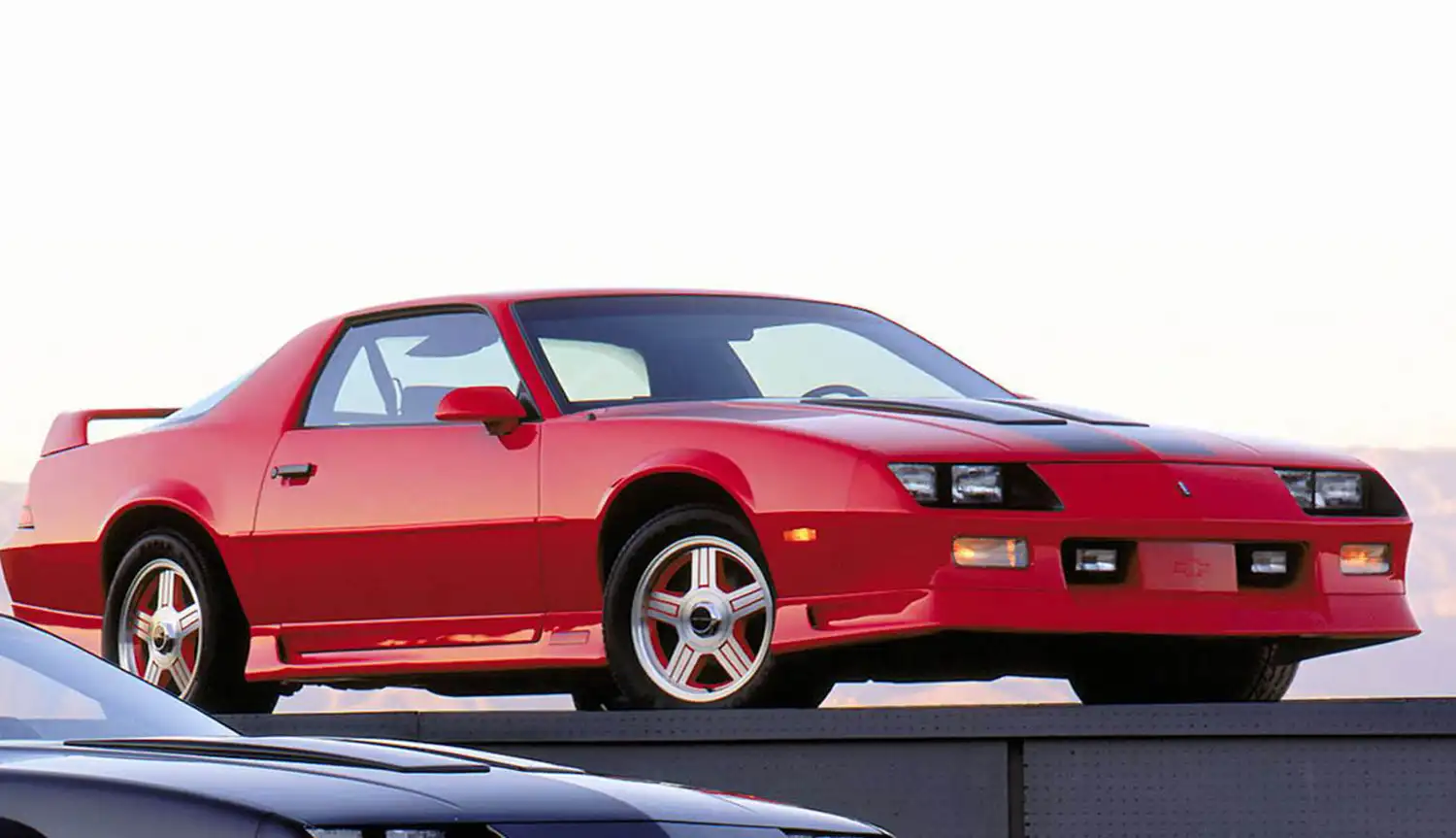
The 1988 Chevrolet Camaro represents a significant chapter in the legacy of the third-generation Camaro, introduced by Chevrolet for the 1982 model year. Building on the success of its predecessors, the 1988 model year saw notable changes and refinements that solidified the Camaro’s status as a beloved American muscle car.
Evolution of the Third-Generation Camaro
The third-generation Camaro was a groundbreaking model for Chevrolet. It was the first to feature factory fuel injection, four-speed automatic transmissions, five-speed manual transmissions, four-cylinder engines, 16-inch wheels, and hatchback bodies. These innovations set the stage for the Camaro’s evolution throughout the 1980s and early 1990s.

The 1988 Camaro saw the lineup simplified, with the discontinuation of the slow-selling LT model and the base Z28. The popular IROC-Z package became standard on all Z28s, leaving just two primary models: the base coupe and the IROC-Z. This strategic move streamlined the Camaro offering while maintaining its appeal to performance enthusiasts.
Performance and Engine Options
All engines in the 1988 Camaro were fuel-injected, providing enhanced performance and efficiency. The engine lineup included:
- 2.8L V6: Producing 135 horsepower at 4900 rpm and 160 lb-ft of torque at 3900 rpm.
- 5.0L V8 (Throttle-Body Injection): Delivering 170 horsepower.
- 5.0L V8 TPI (Manual): Rated at 220 horsepower at 4400 rpm and 290 lb-ft of torque at 3200 rpm.
- 5.0L V8 TPI (Automatic): Producing 195 horsepower at 4000 rpm and 295 lb-ft of torque at 2800 rpm.
- 5.7L V8 TPI: Offering a boost to 230 horsepower at 4400 rpm and 330 lb-ft of torque at 3200 rpm.
The IROC-Z models featured performance enhancements like the G92 performance axle ratio, standard on the 5.0L TPI models. The 350 TPI IROC-Z came with a 3.27 BW rear end, contributing to its impressive performance credentials.

Design and Cosmetic Updates
The 1988 IROC-Z received subtle but impactful cosmetic updates. The “Z28” logos on the ground effects and rear bumper were replaced with “IROC-Z” branding. The large IROC-Z call-outs on the doors were moved to the back to create a cleaner look. An option code DX3 allowed buyers to delete the IROC-Z door decals and stripes for a $60 credit, providing a sleeker appearance.
The optional 16-inch aluminum wheels were redesigned with two lines in each spoke, and the center caps changed from black to silver. Despite these changes, the dash badges still read “Z28” on top and “IROC-Z” below, maintaining a connection to its heritage.
Simplified Lineup and Features
The 1988 Camaro lineup included the base coupe and the IROC-Z. Base models received new raised spoilers for the first half of the production year. The previously standard aluminum 16-inch five-spoke wheels became optional, with base IROCs featuring the prior year’s Z28 aluminum 15-inch five-spoke wheels and P215/65-15 tires.

Legacy of the 1988 Camaro
The 1988 Chevrolet Camaro remains a symbol of American muscle car culture, celebrated for its blend of performance, style, and innovation. Its streamlined lineup and performance enhancements made it a standout in the third-generation Camaro series, appealing to a wide range of automotive enthusiasts.
Specs and Performance Summary
- Engine Options:
- 2.8L V6: 135 hp @ 4900 rpm, 160 lb-ft @ 3900 rpm
- 5.0L V8 (TBI): 170 hp
- 5.0L V8 TPI (Manual): 220 hp @ 4400 rpm, 290 lb-ft @ 3200 rpm
- 5.0L V8 TPI (Automatic): 195 hp @ 4000 rpm, 295 lb-ft @ 2800 rpm
- 5.7L V8 TPI: 230 hp @ 4400 rpm, 330 lb-ft @ 3200 rpm
- Transmission: Four-speed automatic or five-speed manual
- Wheels: Standard 15-inch aluminum, optional 16-inch aluminum
- Design Updates: New IROC-Z logos, optional decal deletion, redesigned wheels
The 1988 Camaro is a classic that continues to be cherished by collectors and enthusiasts, embodying the spirit of innovation and performance that defined Chevrolet’s iconic muscle car.
Source: Chevrolet
This Article use tools from Chatgpt
